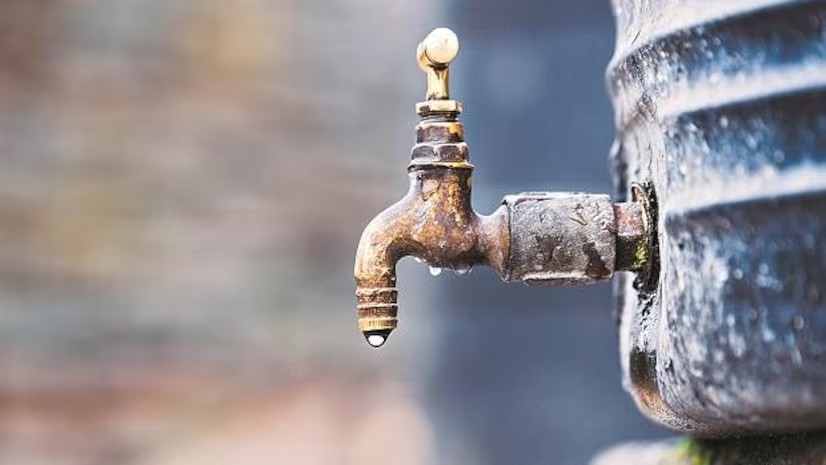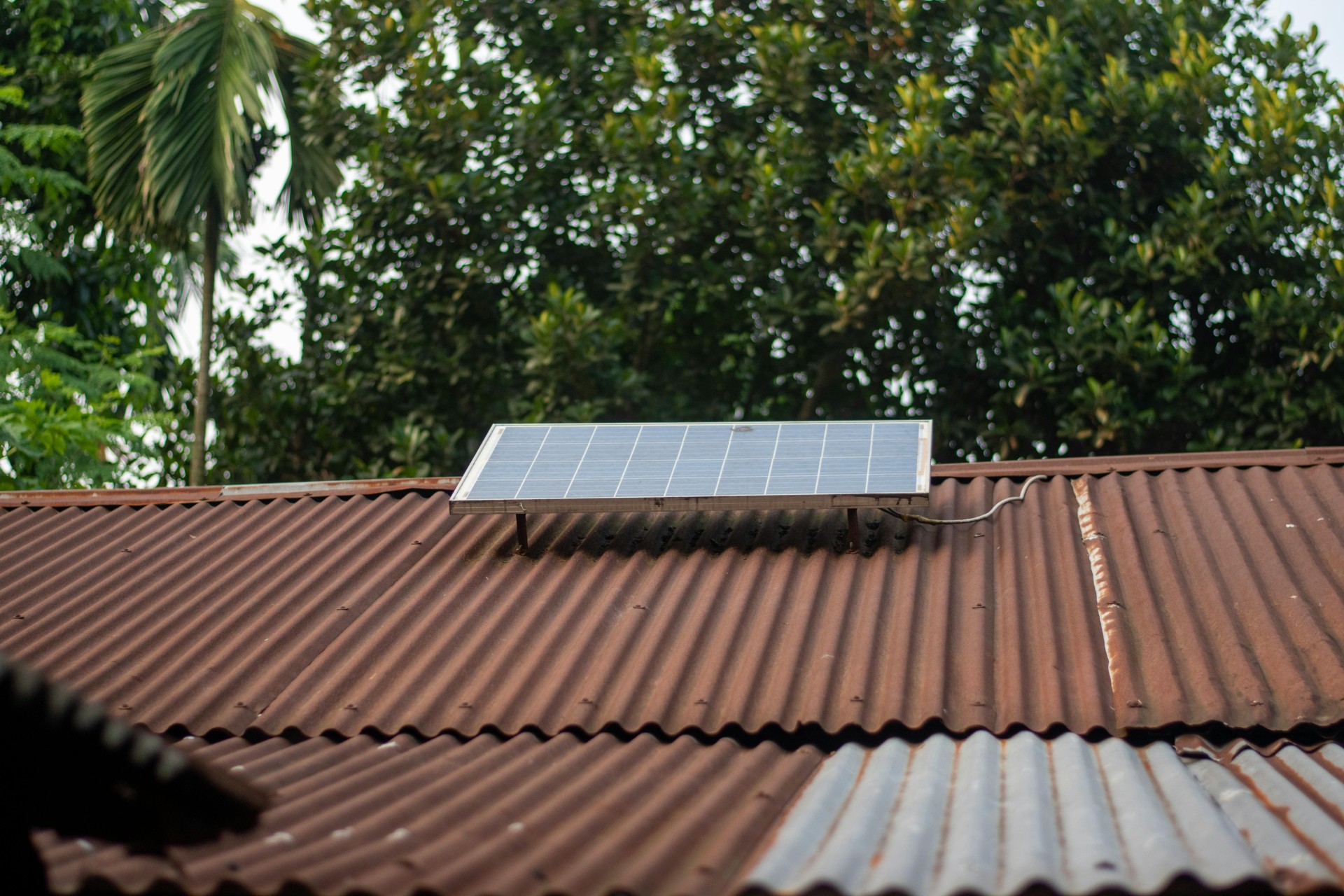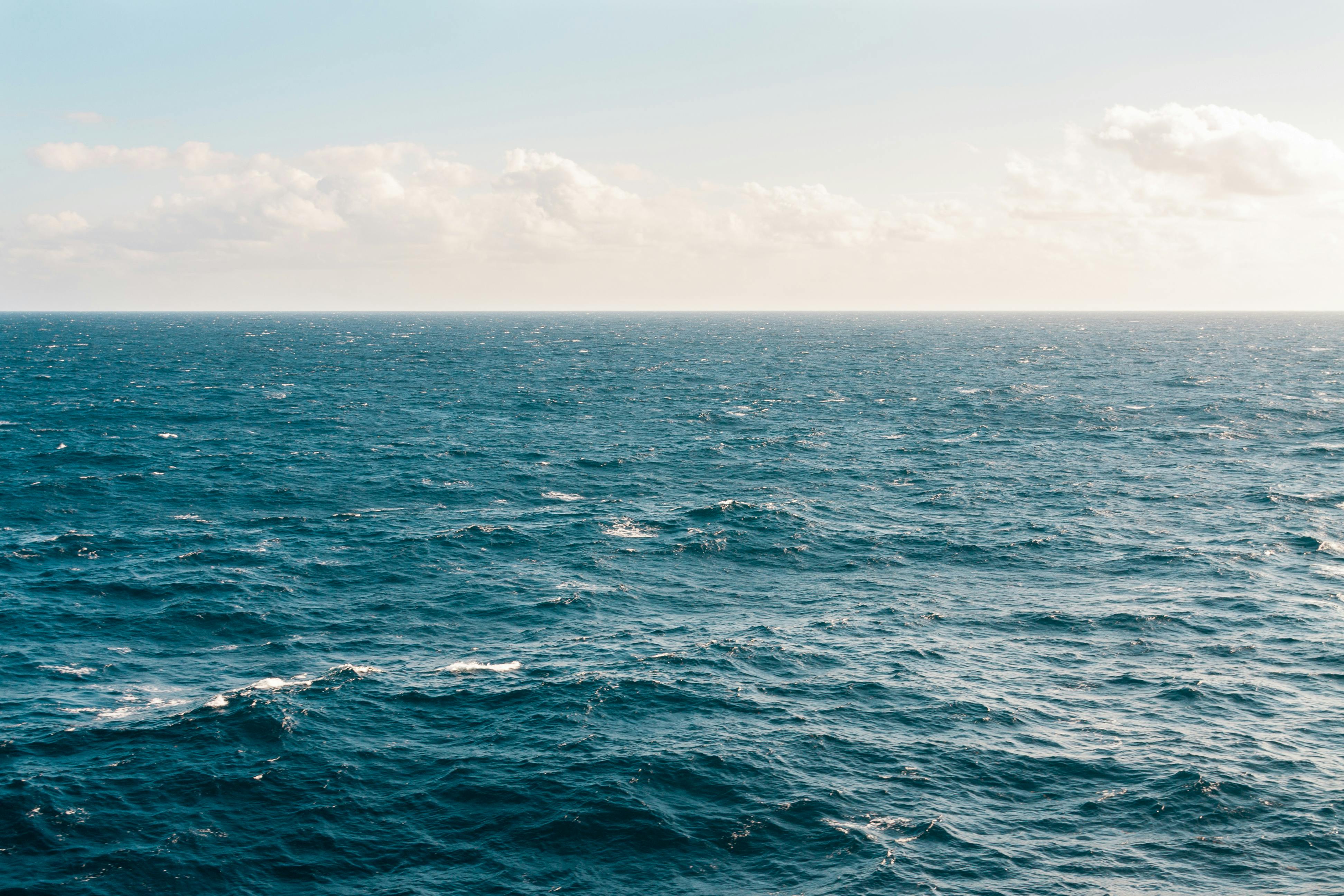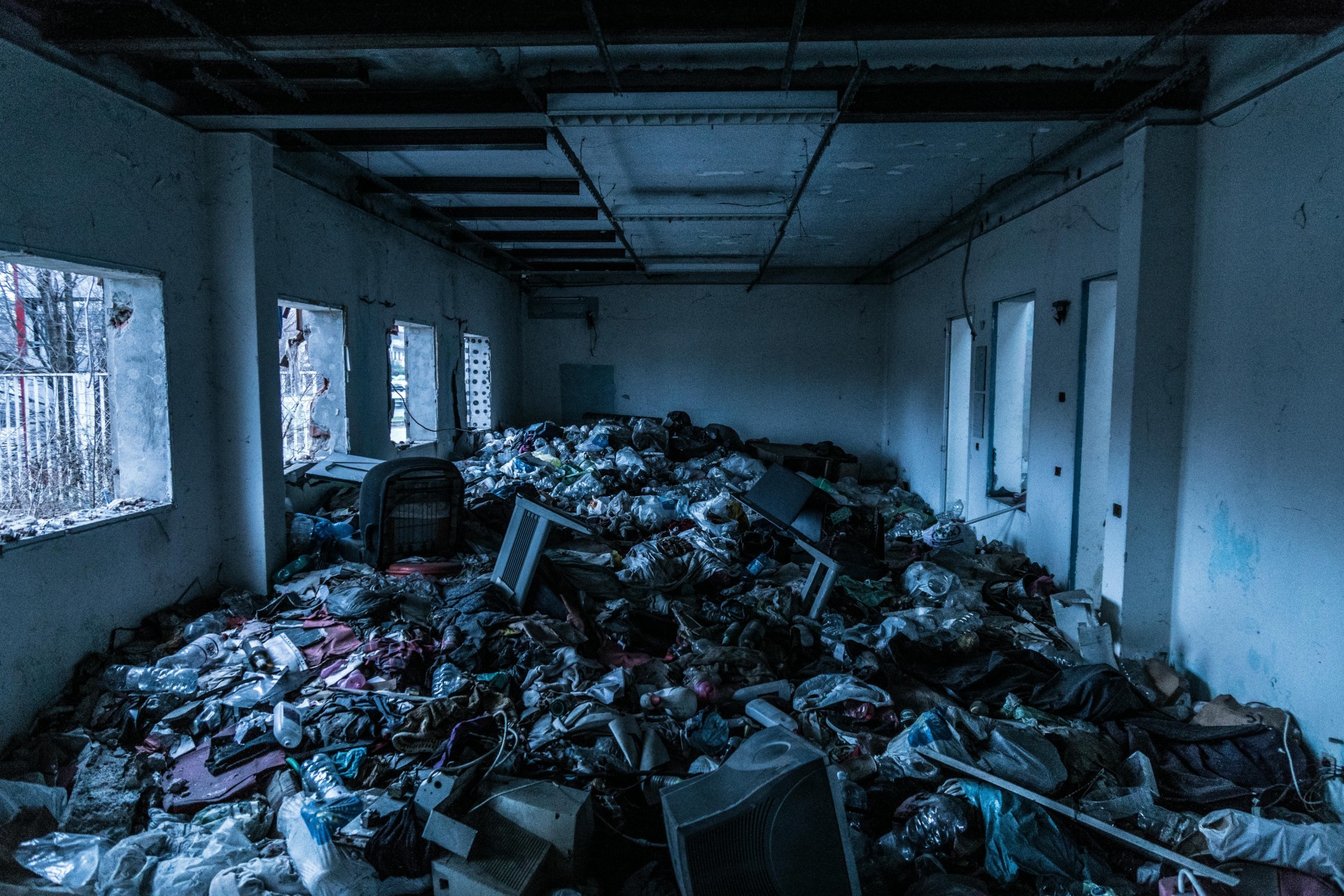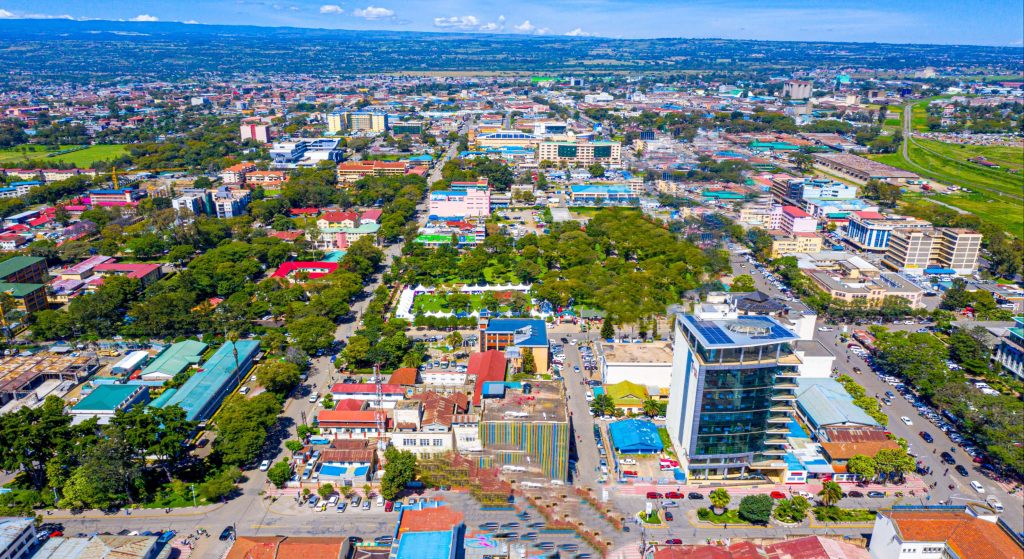- Many regions in Kenya are grappling with severe water shortages, while areas that do have access to water often face contamination.
How is your water situation? Do you have access to sufficient water? Can you confidently say that your water quality is perfect and safe for use? Now is the time to check your water, especially as the world celebrates World Water Monitoring Day. According to the Kenyan Constitution, every citizen has the right to access clean and safe water, making this issue more pressing than ever.
World Water Monitoring Day, celebrated every September 18, and established in 2003 by America’s Clean Water Foundation (ACWF), serves as a global educational outreach program aimed at raising public awareness about the importance of protecting water resources. In Kenya, however, the reality is stark: the water crisis has become a norm for many households across the country.
Many regions in Kenya are grappling with severe water shortages, while areas that do have access to water often face contamination. Rivers, once vital sources of life, are now polluted, with devastating effects on both ecosystems and communities. Approximately 85 percent of Kenya is classified as arid or semi-arid, and a staggering 33 percent of the nation’s water resources originate outside its borders.
The recently released 2024 State of Africa’s Environment Report highlights a broader issue: the entire continent is facing water insecurity, with 22 percent of the world’s critically water insecure population residing in Africa. This alarming statistic underscores the need for effective water management across the region.
Sunita Narain, an Indian environmental writer and activist, emphasizes that the scarcity of water in Africa and other regions is not solely due to a lack of resources, but rather the mismanagement of those resources. During the report's release in Nairobi on September 16, 2024, Narain stated, “Climate change is not the reason for the water crisis; it is merely an exacerbating factor. Our water crisis stems from our inability to build an affordable system of water management for people today.”
Read More
In June 2024, the Kenyan government had announced several ambitious projects aimed at ensuring a stable water supply by 2030. According to the then Cabinet Secretary for Water, Sanitation and Irrigation Zachariah Mwangi Njeru, these initiatives include the construction of 100 large dams, 1,000 medium dams, and over 4,000 water pans. Such projects are critical in addressing both the immediate needs and long-term sustainability of water resources in the country.
As we reflect on World Water Monitoring Day, it is essential for each Kenyan to assess their own water situation. Are we taking the necessary steps to ensure that our water is clean, safe, and accessible? The challenges are significant, but with proper management and community engagement, we can work towards a future where every Kenyan has access to the water they deserve. Let’s make water security a priority today for a better tomorrow.

